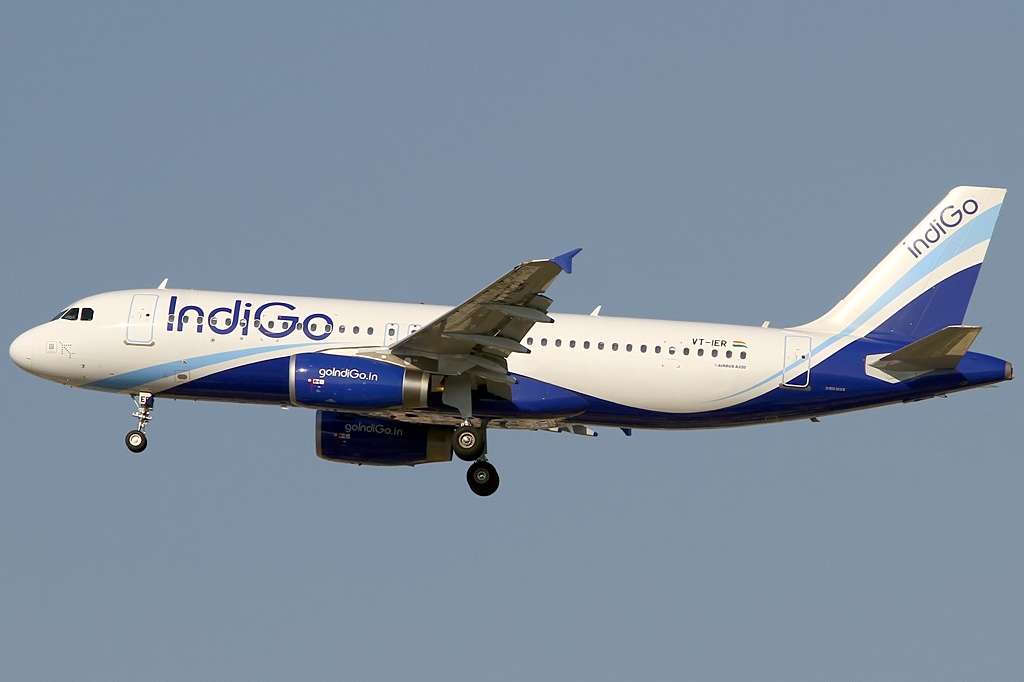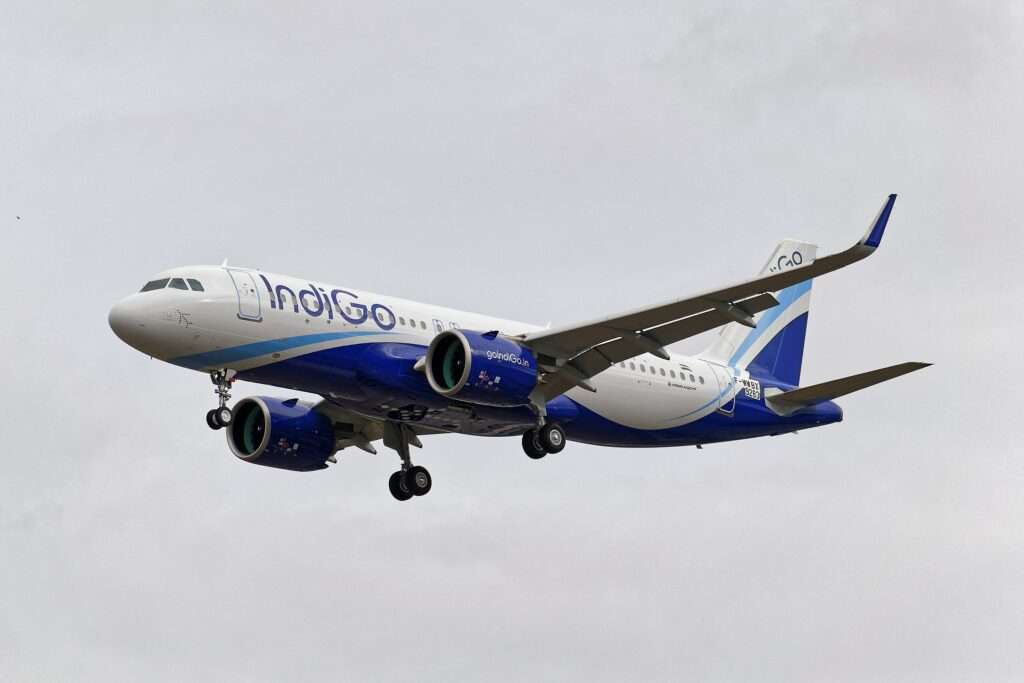IndiGo, with its vibrant livery and courteous service, has become synonymous with Indian aviation in the 21st century.
But the story of this low-cost carrier is one of calculated risks, strategic partnerships, and a relentless pursuit of growth.
Let’s delve into the fascinating history of IndiGo, a company that revolutionized air travel in India.
Humble Beginnings: A Dream Takes Flight (2003-2006)

IndiGo’s story starts in 2003, with two unlikely co-founders: Rakesh Gangwal, an American-educated entrepreneur, and Rahul Bhatia, a businessman with a strong understanding of the Indian market.
Recognizing the immense potential for low-cost travel in India, they envisioned a no-frills airline that would make flying accessible to the masses.
The nascent airline faced significant hurdles.
Established players dominated the Indian aviation landscape, and securing funding was a challenge.
However, Gangwal and Bhatia persevered, eventually receiving crucial financial backing from American private equity firm The Carlyle Group.
In 2006, IndiGo finally took to the skies with a fleet of Airbus A320 aircraft, offering a limited number of routes connecting major Indian cities.
The focus was on efficiency and affordability. IndiGo adopted a single aircraft type strategy, minimizing maintenance costs and ensuring pilot familiarity.
Passengers were offered a clean, comfortable experience with no frills like in-flight entertainment, keeping ticket prices low.
Rapid Growth and Market Disruption (2007-2011)

IndiGo’s model resonated with the Indian public.
The airline’s on-time performance and competitive fares attracted a new wave of flyers, particularly budget-conscious travelers.
The strategy proved highly successful, and IndiGo witnessed phenomenal growth.
By 2011, IndiGo had become India’s largest low-cost carrier, capturing a significant market share.
The airline’s success disrupted the Indian aviation market, forcing established players to re-evaluate their pricing strategies and service offerings.
Strategic Expansion and Facing Turbulence (2011-2018)
IndiGo continued its aggressive expansion throughout the next decade.
The airline placed massive orders for new Airbus aircraft, solidifying its position as a dominant force in the Indian aviation market.
IndiGo also ventured into international routes, connecting major Indian cities with popular tourist destinations in Southeast Asia.
However, the company faced its share of challenges.
Rising fuel costs and intense competition from other low-cost carriers put pressure on margins.
Additionally, internal disputes between the co-founders regarding management control created turbulence within the company.
Restructuring and Renewed Focus (2019-Present)
In 2019, InterGlobe Enterprises, the parent company of IndiGo, resolved the internal conflict between the co-founders.

Gangwal stepped down from his executive role, and Bhatia assumed greater control.
The company also underwent a restructuring, focusing on streamlining operations and improving profitability.
Despite the pandemic’s devastating impact on the aviation industry, IndiGo has shown resilience.
The company adopted cost-cutting measures and focused on domestic routes, which recovered more quickly than international travel.
IndiGo also leveraged its strong financial position to acquire Air India’s regional subsidiary, Air India Regional, in 2022, further solidifying its market dominance.
The Future of IndiGo: A Beacon of Indian Aviation
Today, IndiGo stands as a leading force in Indian aviation.
The airline boasts a vast network connecting over 70 destinations, a modern fleet, and a commitment to on-time performance.
As India’s economic growth continues, IndiGo is well-positioned to cater to the rising demand for air travel.
Looking ahead, IndiGo faces several opportunities.
The airline is exploring the expansion of its international network, particularly to Europe and North America.
Additionally, the potential for further acquisitions and partnerships could solidify IndiGo’s position as a major player in the global aviation landscape.
IndiGo’s story is one of innovation, disruption, and adaptation.
From its humble beginnings to its current position as a market leader, the airline has revolutionized air travel in India.
IndiGo’s commitment to affordability and efficiency continues to empower millions to explore new horizons, shaping the future of Indian aviation.

Click the banner to subscribe to our weekly newsleter.

Click the photo to join our WhatsApp channel so then you can stay up to date with everything going on in the aviation industry!









